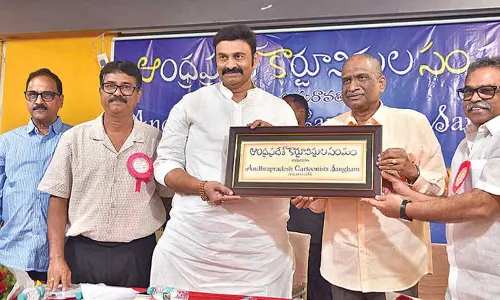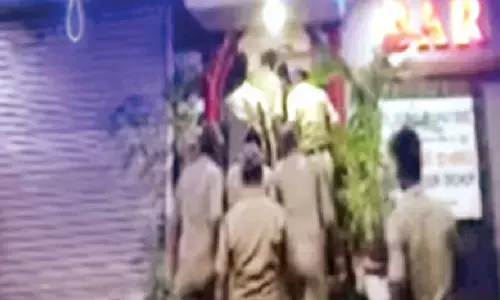Assam ditches IST, adopts chai time for productivity
Assam Ditches IST, Adopts Chai Time For Productivity. The state of Assam has decided to follow the 'chaibagaan' time instead of the Indian Standard Time, according to reports.
The state of Assam has decided to follow the 'chaibagaan' time instead of the Indian Standard Time, according to reports. The chaibagaan time or bagaan time refers to a daylight saving schedule introduced by the British for better energy savings on tea plantations more than 150 years ago.
According to a report in The Hindustan Times,Assam chief minister Tarun Gogoi said IST has affected productivity and has forced the state to follow a schedule not suitable to the time zone we are in."The northeastern states have been asking New Delhi for a separate time zone. We have now decided to set our clocks to bagaan time," Gogoi is quoted as saying.

He did not state whether the Centre had given its nod to the decision.IST corresponds to the time schedule along 82.5 degrees East longitude, where Mirzapur in UP is located. States to the east of this longitude have less daylight hours in comparison to the rest.Earlier requests for a dual time zone (discarded with the cancellation of the Calcutta Time and the Bombay Time in the 1940s and 1950s) have been met with reluctance from the Centre, which has reportedly cited administrative challenges despite the possibility of energy savings and better productivity through saving some daylight hours by turning the clock ahead an hour in the north-eastern states.Researchers recently stated that pushing the IST meridian eastwards, or pulling the nation's clocks ahead by 30 minutes, could help India save an annual 2.7 billion units of electricity, enough to power 1.35 million additional urban middle-class homes.
The National Institute of Advanced Studies (NIAS), Bangalore, reportedly believe that all states in India, not just the north-east, will save power if the IST is set at six hours ahead of GMT instead of 5.30 hours ahead of GMT.The IST should be shifted from 82.5 degrees E longitude to 90 degrees E closer to the Assam-Bengal border, according to a researcher quoted in this report in The Telegraph."Parts of eastern India, particularly the Northeast, bear what the NIAS researchers call the twin burden of very early summer sunrises and very early winter sunsets.
Parts of the Northeast are bright by about 4 am in June and dark before 5 pm in December," according to the Telegraph report.Additional daylight hours in the evenings would be people-friendly, would help save power at home and in offices, reduce petty crimes among other gains, scientists have said.The Energy and Resources Institute, New Delhi, too has found earlier that the 116-minute time difference between the easternmost and westernmost points of India imply that two time zones for the country may be apt.The Department of Science and Technology has recommended otherwise.
source: First post
Next Story






















